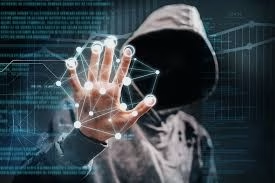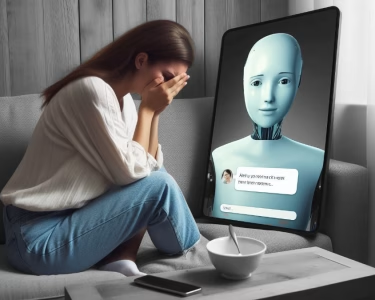Imagine hearing Abraham Lincoln deliver the Gettysburg Address in his own voice—or listening to Cleopatra speak in reconstructed ancient Egyptian. What once belonged to the realm of science fiction is now becoming reality thanks to AI-driven voice synthesis technology. Known as “digital resurrection”, this blend of machine learning, linguistics, and audio engineering is bringing the voices of historical figures back to life. But while the tech is breathtaking, it’s also stirring deep ethical debates.
The Technology Behind the Voices
Modern AI voice recreation relies on deep learning models trained on existing audio samples. Here’s how it works:
- Data Collection – For recent historical figures, researchers gather recordings, speeches, and radio archives. For ancient or pre-recording-era figures, they use linguistic research, descriptions of speech patterns, and related languages.
- Voice Modeling – Neural networks like text-to-speech (TTS) models (e.g., Tacotron 2, VALL-E, ElevenLabs) are trained to mimic vocal tone, cadence, and emotion.
- Speech Synthesis – The AI takes new text and generates speech as if the historical figure were saying it, sometimes with frightening accuracy.
- Linguistic Reconstruction – For long-dead figures, phoneticians and historians reconstruct likely pronunciations before the AI renders the voice.
Why It’s Capturing Attention
- Education & Museums – Visitors could hear Shakespeare read his own sonnets.
- Film & Gaming – Authentic voices make historical reenactments more immersive.
- Preservation – Preserving the voices of endangered cultures for future generations.
The Controversies
While the technology is revolutionary, it raises a host of ethical and legal concerns:
- Consent & Ownership – Who owns the voice of a person who died centuries ago? Should their estate or descendants have a say?
- Historical Accuracy – For ancient figures, AI-generated voices are partly speculative—potentially misleading.
- Misuse & Deepfakes – The same tech could be used to put words into the mouths of figures who never said them, rewriting history in dangerous ways.
- Cultural Sensitivity – Recreating voices of certain historical or religious figures could offend communities or break cultural taboos.
Famous Examples
- Anthony Bourdain Documentary (“Roadrunner”) – Used AI to mimic his voice reading an email, sparking debate over transparency.
- BBC’s ‘The Lost Tapes of the 20th Century’ – Revived voices of political leaders for educational purposes.
- Project Gutenberg AI Audiobooks – Synthetic narrators recreate how historical figures might have read their works.
The Road Ahead
AI-powered voice resurrection could transform history education, cultural preservation, and entertainment. But as with many emerging technologies, the conversation can’t stop at “Can we do it?”—it must also include “Should we do it?”
Clear guidelines, transparency, and respect for cultural sensitivities will be key in deciding how far we allow AI to bring the past into the present.
Bottom Line:
Digital resurrection blurs the lines between history and imagination. Done right, it can deepen our connection to the past. Done recklessly, it risks rewriting it entirely.





